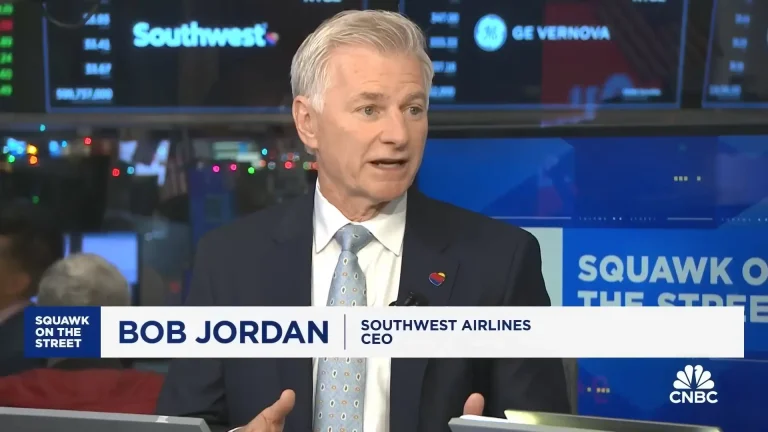Quiz: How Much Do You Know About Internal Communications?
Take our challenge on these eight “truths” about connecting with employees
Internal communications can be maddening, as most communicators will tell you. Too much or too little. Too long or short on the details. What works for one employee may be inaccessible to another.
That’s why, in recent years, internal communicators have launched and fed every channel they can think of ― and then doubled down. One e-newsletter begat five more. Not one intranet, but three. And meetings upon meetings.
In many years of assessing internal comms, I’ve seen it all. Here are eight statements of conventional wisdom about employee communications that may be true, false or perhaps both. Each is followed by a few tips from our own work and that of our colleagues and partners.
1. Employees only want communication that tells them what they need to do.
False. Your internal audience is surprisingly open to learn beyond their immediate needs, even if they want you to focus on what they need to know. They genuinely want to hear more about their co-workers, more about their business and industry, and certainly more about the state of the company.
Our Tip: Don’t make it hard for employees to distinguish between the need-to-know and the nice-to-know. They don’t want to sort it out; they want you to do that for them. Need-to-know should be quick and newsy. Create space for nice-to-know content employees can read, or watch, when and if they choose.
2. Employees are overwhelmed by the volume of internal communication they receive.
True. In every audit we do, employees put up their hands in surrender. “Too much,” they tell us. “We can’t get through it all.” Many turn away from stories that may interest them because they are simply too exhausted to try.
Our Tip: Communicators excel at addition, but they’re flummoxed by subtraction. Review everything you’re publishing and ask, “Is this still relevant? Is anyone reading this?”
An audit often reveals that people aren’t reading one channel because they’re getting most of that news from other channels or their managers. Look for ways to streamline your content and yes, even eliminate some of it. Not everything you’re asked to communicate must be delivered to the masses. Push back against the bosses a bit.
3. Employees hate email.
True ― and false. Everyone complains about email. There’s too much of it. I can’t keep up. My inbox is clogged. I wind up deleting most of it. But when you ask employees for their preferred communications channel, email is almost always at the top of the list.
Our Tip: Even when they hate it, employees prefer email because it’s simple, immediate and reliable. Our friends at the email platform PoliteMail explain this best. Your mission is to pick the spots where email is most effective: short, timely news items or leadership messages with urgency. E-newsletters should deliver headlines that link to other content. Everything else can go into another channel.
And take care how you write them. Just because it’s an email doesn’t give you license to be boring. Every email is a story, with a good subject line (headline), a good opening (lede) and a structure that makes sense (body).
4. Teams has taken over employee communication.
False ― but gaining. More organizations are using Teams because it’s part of Microsoft Office. Employees like it because they can talk to each other, create specialized channels and work collaboratively. All good.
But Teams is also a mess. Anyone can create a standard channel, and many do, resulting in no one being able to find anything. This will get better over time, but right now the Teams landscape is littered with the carcasses of channels long forgotten. They deserve a proper burial.
Our Tip: One of the drawbacks of Teams is that it can be hard to measure. In a recent webinar I did with our friends at PoliteMail, Managing Director Michael DesRochers described how his colleagues use a new tool called Commlytics to perform sentiment analysis on your Teams channels. Find out how people are feeling about the communications they’re receiving.
5. Employees prefer video over written communication.
False. Let me be clear: Employees love short, impactful videos that offer direct messages from leaders or clear direction about something they need to do. What they don’t like ― and what they mostly get ― is long, boring videos of talking heads, with over-the-top intros and poor b-roll.
Our Tip: Produce your internal videos the same way people are posting them on social media, like YouTube Shorts and Instagram Reels. These things are addictive. For longer videos, make sure you’re telling a good story, with plenty of b-roll to set the scene and move us along.
6. Employees want to hear the most important communication from their direct supervisors.
True, if only that happened. In theory, important information is supposed to flow from leaders to managers to employees. But many of those messages get stuck along the way. Employees tell us they often don’t get the full picture or receive the information in a timely way, and sometimes not at all.
To be fair, many managers work hard at being better communicators, but they’re pressed for time and need help. From you. And sometimes the problem isn’t with the managers at all but with the leaders who fail to be clear about what’s most important to share with employees. They need your help, too.
Worst of all, the so-called cascade, even when it works, only flows one way. Leaders tell me all the time they get very little feedback from their managers about how employees are feeling about what they’re hearing.
Our Tip: As communicators, you have a lot to do. But helping managers be better communicators should move to the top of your to-do list. Boil it down for them. One of our favorite manager e-newsletters is organized under two simple headings: “What You Need to Know” and “What You Should Tell Employees.”
And work with leaders to help them make room for manager feedback in leadership meetings, group chats or one-on-one.
7. Remote workers are less engaged than on-site employees.
False. As it turns out, those who work remotely tend to be more productive and value communication higher than those who work on site. More employees are being called back to the office, but this doesn’t make them more engaged. In fact, it may be the opposite.
Some employees must be on site. You can’t treat patients, build cars or repair utility lines from home. These employees are often the hardest to reach because they’re not sitting in front of computers all day.
Our Tip: Hybrid work seems to be the sweet spot for employee engagement, according to Gallup. People working at home can get on the intranet, read and answer emails, and collaborate on Teams. When they’re in the office, they should be there for a good reason: meetings, brainstorming sessions, town halls. Connect with hard-to-reach employees the old-fashioned way: face-to-face meetings with managers, effective message boards and, believe it or not, print.
8. All communication must be short.
False. While it’s certainly true that most communication should be brief, it’s because most communication doesn’t need to be long. Calls-to-action, news, updates and alerts should be clean, clear and compact. But there’s room for longer-form communication, in all formats, as long as it’s compelling.
Our Tip: Every story should be exactly as long as it needs to be, and not a word or a sound bite longer. But some stories need more space. Think about how you package longer-form stories, break content into sections or episodes, like in podcasts. But make every word count.
Ragan Consulting Group Co-Founder Jim Ylisela loves doing communications audits and learns something new every time he works on one. When’s the last time your organization did a comms audit? Contact Jim for a free consultation.
Follow RCG on LinkedIn and subscribe to our weekly newsletter here.







